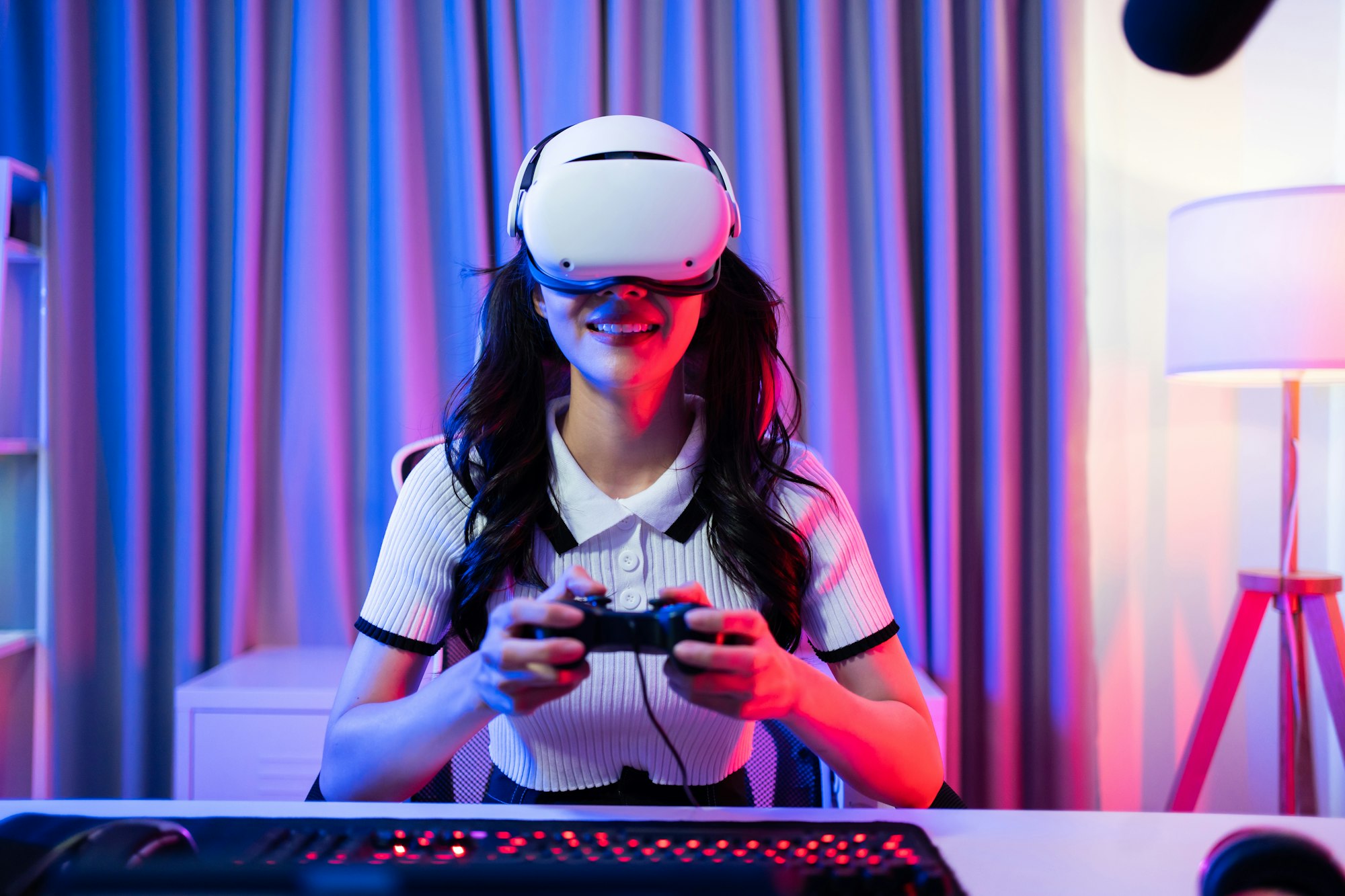In the digital age, technology has become an integral part of our lives, offering numerous benefits but also posing challenges to our well-being. Balancing the advantages of technology with its potential drawbacks is essential for maintaining a healthy and fulfilling lifestyle. This article explores strategies for achieving digital well-being, helping you to use technology mindfully and avoid its negative impacts.
1. Understanding Digital Well-Being
1.1 The Importance of Digital Balance
Digital well-being involves maintaining a healthy relationship with technology, where it enhances rather than detracts from your life. It’s about finding a balance between being connected and disconnecting to recharge and engage with the real world.
1.2 The Impact of Technology on Health
Excessive use of technology can lead to various health issues, including eye strain, poor posture, sleep disturbances, and increased stress and anxiety. Recognizing these potential effects is the first step in managing your tech use effectively.
1.3 Signs of Digital Overload
Digital overload can manifest in several ways, such as feeling overwhelmed by constant notifications, experiencing FOMO (fear of missing out), or spending more time online than intended. Identifying these signs can help you take corrective measures.
2. Strategies for Achieving Digital Well-Being
2.1 Set Boundaries with Technology
2.1.1 Designate Tech-Free Zones
Create spaces in your home where technology is off-limits, such as the bedroom or dining area. These tech-free zones encourage face-to-face interactions and relaxation without the interference of screens.
2.1.2 Establish Screen Time Limits
Set daily or weekly limits for your screen time, using apps or built-in features on your devices to monitor and control usage. This can help you stay mindful of how much time you spend on various activities and prevent excessive use.
2.2 Prioritize Meaningful Online Activities
2.2.1 Engage in Quality Content
Choose online activities that enrich your life, such as educational courses, creative projects, or connecting with loved ones. Avoid mindlessly scrolling through social media or consuming low-quality content that doesn’t add value to your day.
2.2.2 Practice Mindful Browsing
Be intentional about your online activities by setting specific goals for your internet use. Whether it’s researching a topic, learning a new skill, or reading an insightful article, mindful browsing helps you make the most of your time online.
2.3 Foster Real-World Connections
2.3.1 Schedule Offline Time with Friends and Family
Make a conscious effort to spend time with loved ones without the distraction of technology. Plan regular meet-ups, activities, or outings that allow you to connect on a deeper level and enjoy each other’s company.
2.3.2 Participate in Community Events
Get involved in your local community by attending events, joining clubs, or volunteering. These real-world interactions can provide a sense of belonging and fulfillment that online interactions may lack.
2.4 Practice Digital Detoxes
2.4.1 Short-Term Detoxes
Start with short-term digital detoxes, such as unplugging for a few hours each day or designating one tech-free day per week. Use this time to engage in hobbies, spend time outdoors, or simply relax without screens.
2.4.2 Extended Detoxes
Consider longer digital detoxes, such as a weekend or week-long break from technology. This can help you reset your habits, gain perspective on your tech use, and appreciate the benefits of being offline.
2.5 Promote Healthy Tech Habits
2.5.1 Optimize Your Workspace
Create an ergonomic workspace that promotes good posture and reduces physical strain. Use a comfortable chair, position your screen at eye level, and take regular breaks to stretch and move around.
2.5.2 Implement Blue Light Management
Reduce eye strain and improve sleep quality by managing your exposure to blue light. Use blue light filters on your devices, lower screen brightness in the evening, and avoid screens at least an hour before bedtime.
3. Leveraging Technology for Well-Being
3.1 Wellness Apps and Tools
Utilize apps and tools designed to enhance your well-being. From meditation and mindfulness apps to fitness trackers and sleep monitors, technology can support your health goals when used mindfully.
3.2 Virtual Support Communities
Join online communities that promote wellness and personal growth. Engaging with like-minded individuals in virtual support groups can provide motivation, encouragement, and valuable insights on maintaining a balanced lifestyle.
3.3 Educational Resources
Take advantage of the wealth of educational resources available online. Enroll in courses, attend webinars, or read articles on topics that interest you. Lifelong learning can keep your mind sharp and enrich your life.
4. Creating a Sustainable Digital Lifestyle
4.1 Evaluate Your Tech Use Regularly
Periodically assess your technology use to ensure it aligns with your well-being goals. Reflect on your habits, identify areas for improvement, and make adjustments as needed to maintain a healthy balance.
4.2 Cultivate Mindful Tech Practices
Incorporate mindfulness into your tech use by staying present and aware of your actions. Practice gratitude for the benefits technology brings while remaining conscious of its potential drawbacks.
4.3 Model Healthy Tech Habits
Set a positive example for others, especially children, by modeling healthy tech habits. Demonstrate the importance of balance, mindfulness, and intentional use of technology in your daily life.
5. Conclusion
Achieving digital well-being requires a mindful and balanced approach to technology use. By setting boundaries, prioritizing meaningful activities, fostering real-world connections, and practicing regular digital detoxes, you can create a healthier and more fulfilling lifestyle. Embrace the benefits of technology while remaining conscious of its potential impacts, and strive for a digital life that enhances your overall well-being. Remember, the key to digital well-being is balance—using technology as a tool to enrich your life, not dominate it.







